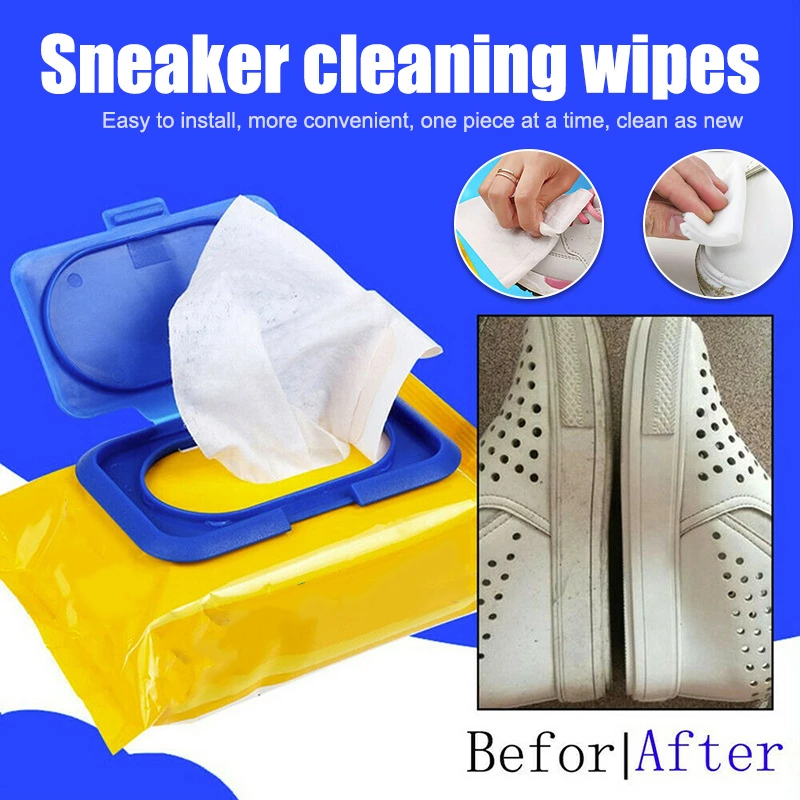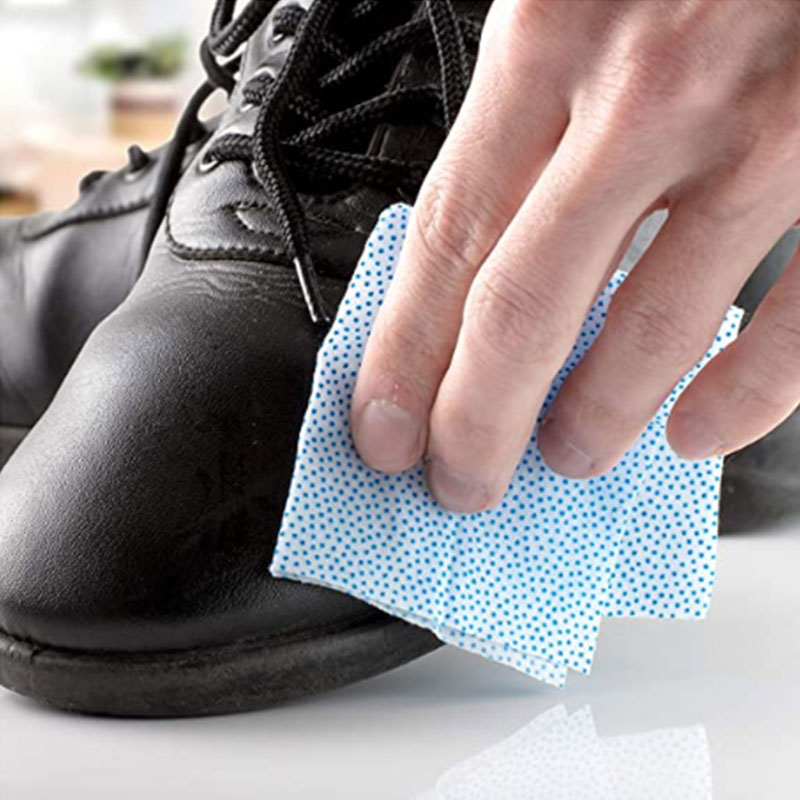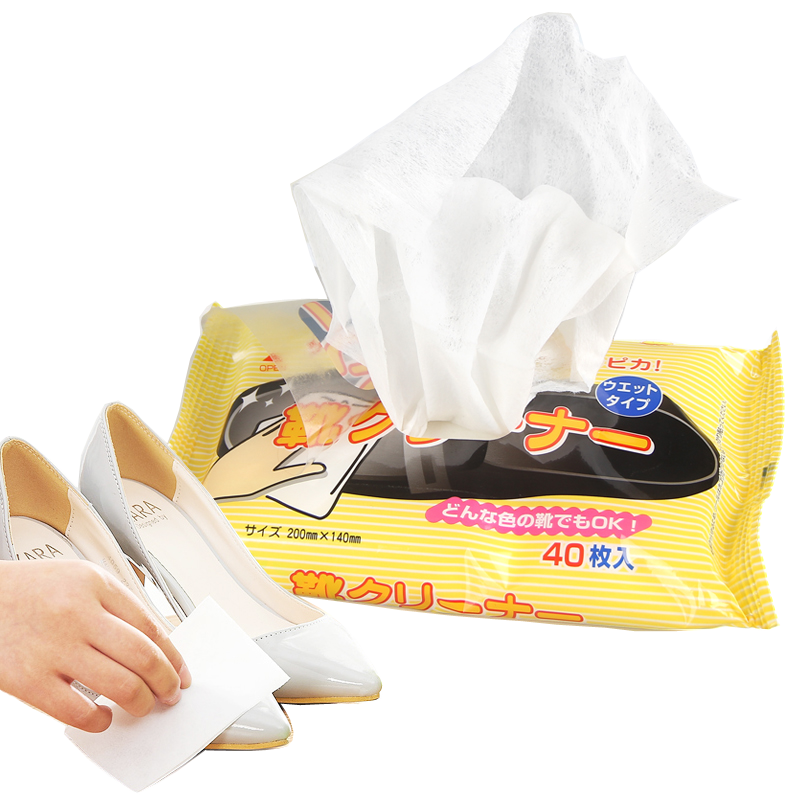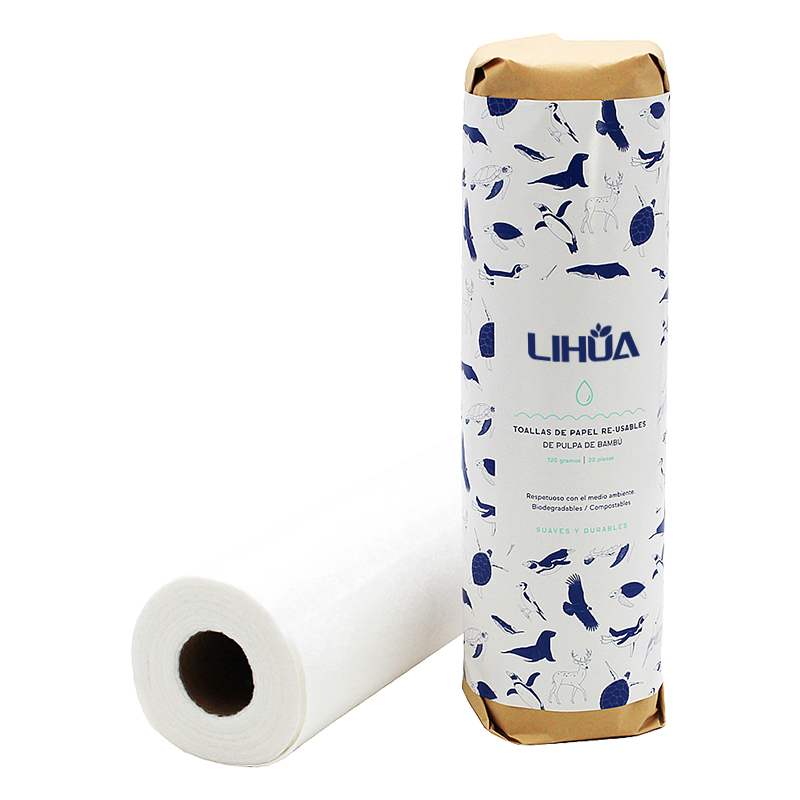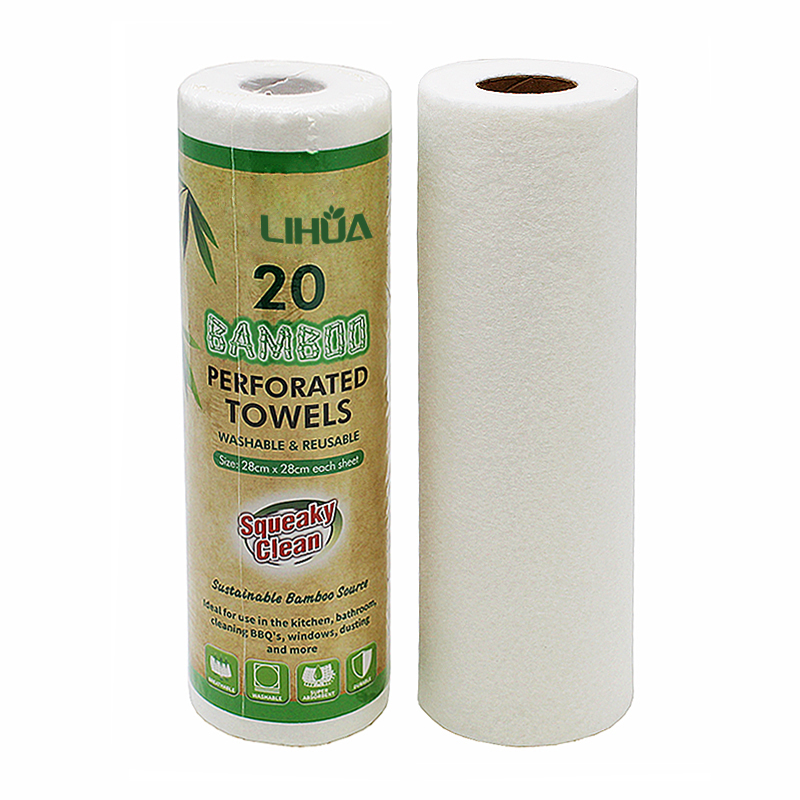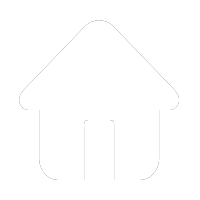Application Of Non Woven Fabric Wipes
Application Of Non Woven Fabric Wipes
Non woven fabric wipes are the perfect way to keep your surfaces clean and free of dirt, dust, and other debris. They are also great for cleaning up spills quickly and easily. Here are just a few of the many ways that you can use non woven fabric wipes around your home or office:
- Use them to wipe down countertops, tables, and other surfaces.
- Keep a roll in the kitchen to use for quick cleanup of spills.
- Use them in the bathroom to clean sinks, toilets, and showers.
- Keep a stash in the car for cleaning up messes on the go.
- Use them at work to wipe down desks, keyboards, and phones.
Non woven fabric wipes are made of a variety of materials such as polyester, nylon, and other synthetic fibers. They are usually used for cleaning surfaces and can be either dry or wet. Dry non woven fabric wipes are often used for dusting, while wet ones are used for cleaning up spills.
There are many benefits to using non woven fabric wipes. For one thing, they are very absorbent, so they can soak up a lot of liquid. This makes them ideal for use in areas where there is a lot of traffic or where spills are likely to occur. Additionally, they are very strong and durable, so they will not tear easily. Finally, they are very inexpensive, so they can be replaced frequently if necessary.
Non woven fabric wipes are composed of short fibers or filaments that are bonded together to form a fabric. In contrast to woven fabrics, non wovens are not produced by interlacing yarns, but instead, by hot pressing, hydroentangling, or needle punching.
What are the functions of Non Woven Fabric Wipes
Non woven fabric wipes are made from a variety of materials, including paper, polyester, and rayon. They are designed to be strong and absorbent, making them ideal for cleaning up spills. Non woven fabric wipes are also lint-free, so they won't leave behind any residue.
Non woven fabric wipes are usually made from a variety of materials, such as cotton, viscose, polyester, and so on. They are designed for use in a wide range of industries and applications. For example, they are commonly used in the food industry to clean up spills, in the medical industry to clean wounds and surgical instruments, and in the cosmetics industry to remove makeup and other products from the skin. Non woven fabric wipes can also be used in the automotive industry to remove grease and grime from car parts, and in the construction industry to wipe down tools and equipment.
Non-woven fabric wipes are made from a variety of materials, such as polyester, nylon, and rayon. They are often used in place of traditional paper towels and are more durable and absorbent. Non-woven fabric wipes can be used for a variety of tasks, such as cleaning glass, dusting surfaces, and wiping down countertops.
What aspects should be considered when purchasing Non Woven Fabric Wipes
The type of non woven fabric used is important to consider when purchasing non woven fabric wipes. The options include rayon, polyester, and cotton. Each has different properties that make it more or less suitable for certain tasks. For example, rayon is more absorbent than polyester, making it better for cleaning up spills. Polyester is more durable and less likely to tear, making it a good choice for general cleaning. Cotton is the most gentle option and is best for delicate surfaces.
The size of the wipe is also an important consideration. Wipes come in a variety of sizes, from small individual wipes to large rolls that can be cut to size. The size you need will depend on the intended use for the wipes. Smaller wipes are convenient for quick clean-ups, while larger wipes are better for larger jobs like mopping floors.
Another thing to consider is the packaging. Wipes are typically sold in resealable bags or tubs. This helps to keep them moist and ready to use. Some packaging also includes a dispenser, which can be helpful for keeping the wipes within easy reach.
The first thing to consider is the material of the wipe. Non woven fabric is available in a variety of materials, including polyester, nylon, and cotton. Each material has its own advantages and disadvantages, so it is important to choose the right one for your needs.
Finally, you should also consider the price of the non woven fabric wipes. While they are generally very affordable, there can be some variation in price depending on the quality of the product and the brand that you choose. With a little bit of research, you should be able to find the perfect wipes for your needs at a price that you can afford.
Non woven fabric wipes have become one of the most widely used types of wipes in the world. They are made from synthetic fibers and are incredibly versatile. From personal hygiene to industrial cleaning, non woven fabric wipes are used for a wide range of applications. In this blog, we will delve into the various ways in which non woven fabric wipes can be used, their advantages over other types of wipes, and the reasons why they have become so popular. So, whether you're curious about the uses of these wipes or want to learn more about their properties, keep reading to find out more!
Non-woven fabric wipes are becoming increasingly popular in a variety of industries, owing to their durability, absorbency, and versatility. These wipes are made of a blend of natural and synthetic fibers, which are bonded together to create a strong, durable material. Unlike their traditional counterparts, non-woven fabric wipes do not leave lint or residue on surfaces, making them ideal for use in cleaning and sanitation applications. In this blog, we will explore the various applications of non-woven fabric wipes and their benefits over traditional wipes. So, whether you're in the healthcare, industrial, or hospitality industry, read on to discover how these wipes can help improve efficiency and productivity in your workplace.





